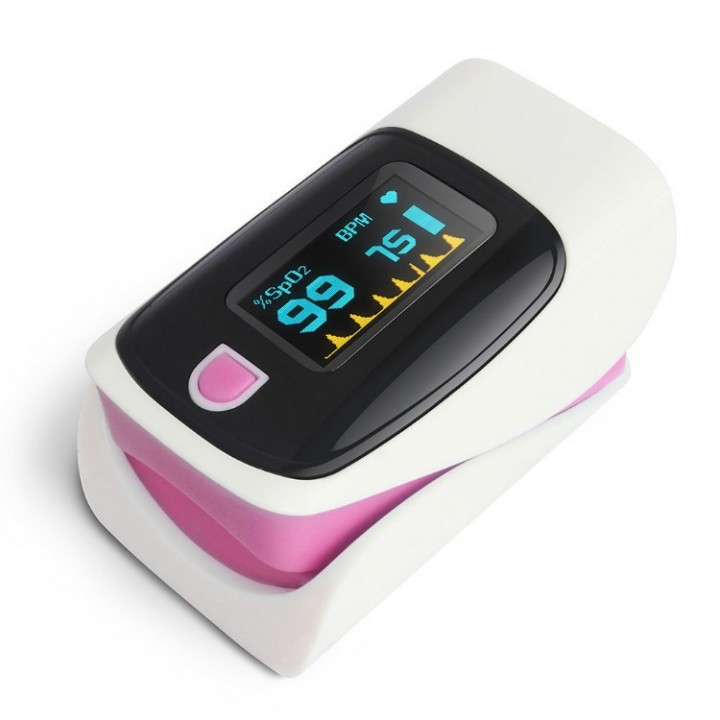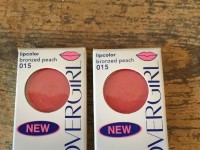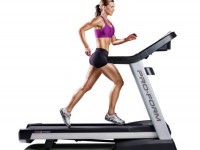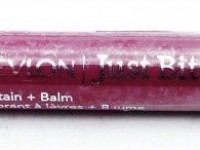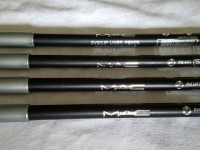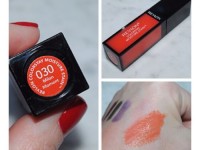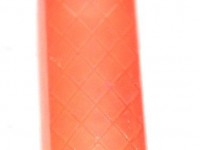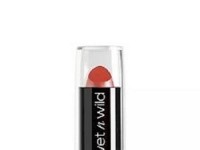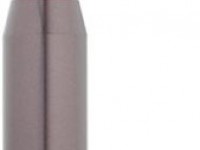Toprime OLED Unisex Heart Rate Fingertip SpO2 Pulse Oximeter with Lanyard
1.Blood oxygen saturation (SpO2): the fraction of oxygen-saturated hemoglobin relative to total hemoglobin (unsaturated + saturated) in the blood.
* According to Wikipedia, normal blood oxygen levels in humans are considered 95-100 percent.
* If the level is below 90 percent, it is considered low resulting in hypoxemia.
* Blood oxygen levels below 80 percent may compromise organ function, such as the brain and heart, and should be promptly addressed.
* Continued low oxygen levels may lead to respiratory or cardiac arrest.
2. Pulse rate (BPM): normally, pulse rate is equivalent to heart beat. The pulse rate can be used to check overall heart health. 60-100 BPM is normal. Generally lower is better, but bradycardias can be dangerous.
3. Perfusion index (PI): a numerical value that indicates the strength of the IR (infrared) signal returning from the monitoring site. It ranges from 0.2% (very weak pulse strength) to 20% (very strong pulse strength). Generally higher is better.
4. Body temperture :check (optional): built-in infrared temperature sensor. Hold the button to switch to temperature measurement mode. The buzzer will beep and a head icon will appear.
5. OLED display. Pulse rate waveform and bar graph is also shown on the screen. Both horizontal and vertical display is available. Press the button to switch different display modes.
6. Sleek, compact design and easy-to-use operation. With a lanyard, the pulse oximeter becomes a portable device.
1.Blood oxygen saturation (SpO2): the fraction of oxygen-saturated hemoglobin relative to total hemoglobin (unsaturated + saturated) in the blood.
* According to Wikipedia, normal blood oxygen levels in humans are considered 95-100 percent.
* If the level is below 90 percent, it is considered low resulting in hypoxemia.
* Blood oxygen levels below 80 percent may compromise organ function, such as the brain and heart, and should be promptly addressed.
* Continued low oxygen levels may lead to respiratory or cardiac arrest.
2. Pulse rate (BPM): normally, pulse rate is equivalent to heart beat. The pulse rate can be used to check overall heart health. 60-100 BPM is normal. Generally lower is better, but bradycardias can be dangerous.
3. Perfusion index (PI): a numerical value that indicates the strength of the IR (infrared) signal returning from the monitoring site. It ranges from 0.2% (very weak pulse strength) to 20% (very strong pulse strength). Generally higher is better.
4. Body temperture :check (optional): built-in infrared temperature sensor. Hold the button to switch to temperature measurement mode. The buzzer will beep and a head icon will appear.
5. OLED display. Pulse rate waveform and bar graph is also shown on the screen. Both horizontal and vertical display is available. Press the button to switch different display modes.
6. Sleek, compact design and easy-to-use operation. With a lanyard, the pulse oximeter becomes a portable device.
01037
Payment Methods




Shipping
USPS, FREE Shipping
Shipping Policy
• We usually ship next business of cleared payment if possible.
Return/Exchange Policy
All Sales are Final No Refunds
Please Login or Register first before asking a question.
